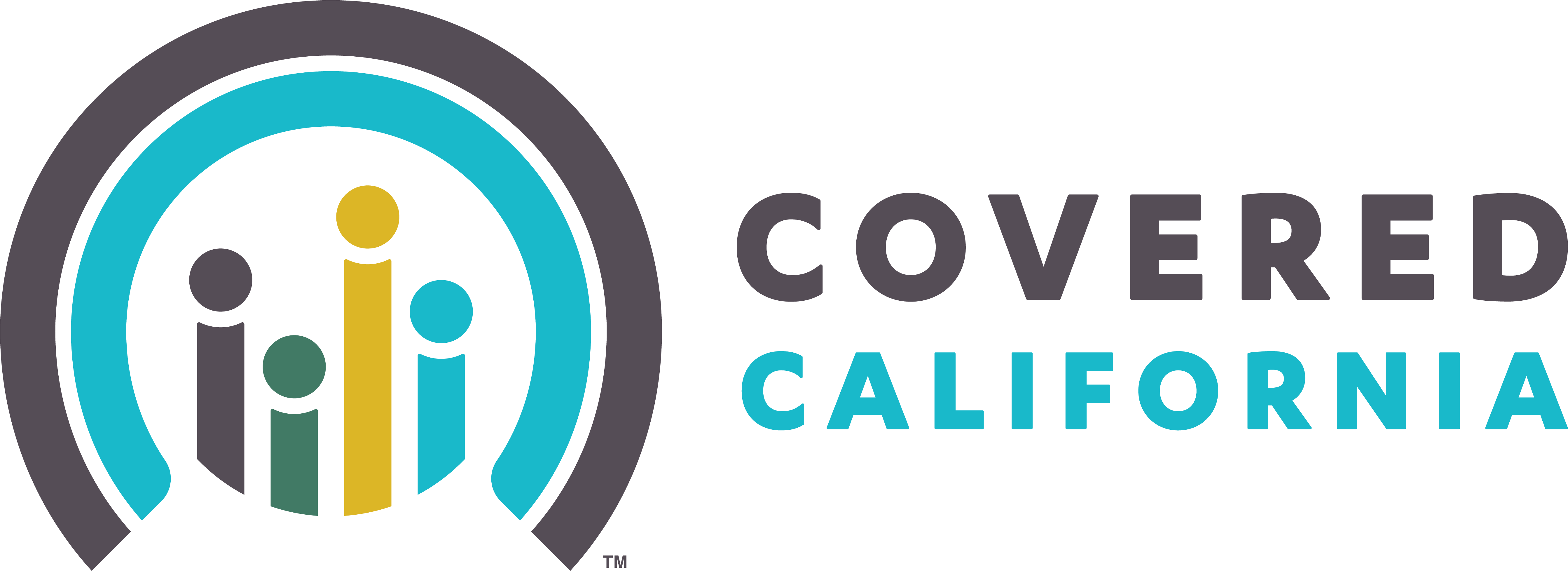Frequently Asked Questions
Q: What if my income is right at a threshold (like exactly 150% FPL)?
A: If you're at or below the threshold, you qualify for the benefits. For example, at exactly 150% FPL, you get $0 premiums. At 150.1% FPL, you'd pay a small amount.
Q: Can I choose to receive less subsidy to avoid owing money back?
A: Yes! When you apply, you can choose to receive less than your full subsidy amount as "advance premium tax credits." This means higher monthly premiums but less risk of owing at tax time.
Q: Does child support count as income?
A: No, child support received does not count toward MAGI. However, alimony received (for divorces finalized before 2019) does count.
Q: I'm between jobs—what income should I report?
A: Estimate your expected total annual income, including unemployment benefits and any new job income. Update your application when you start a new position.
Q: Does my teenager's part-time job income count?
A: If your teenager is claimed as a tax dependent, their income is included in your household's total MAGI for subsidy purposes.
Q: What happens at tax time if my actual income was different than estimated?
A: You'll complete IRS Form 8962 to reconcile your subsidy. If you received too much, you may owe some back (with caps). If too little, you'll get a tax credit.
Q: Why did my health insurance subsidies disappear in 2026?
A: The American Rescue Plan (2021) and Inflation Reduction Act (2022) temporarily enhanced federal premium subsidies. These programs expired December 31, 2025, and Congress did not renew them. Subsidy amounts reverted to pre-2021 levels, and the 400% FPL income cap returned.
Q: I'm just over 400% FPL by a few thousand dollars. What are my options?
A: You have several strategies: (1) Increase pre-tax retirement contributions (401k, traditional IRA) to reduce MAGI below 400% FPL, (2) Maximize HSA contributions if eligible, (3) Defer capital gains or IRA withdrawals to next year, (4) Consult a CPA to identify other MAGI-reducing strategies. Even small reductions can save $10,000+ in premiums if it brings you under 400% FPL.
Q: Will the enhanced subsidies come back?
A: It's unknown. Congress would need to pass new legislation to restore enhanced subsidies. While there have been proposals, as of 2026 there is no timeline for restoration. Do not count on subsidies returning—plan based on current 2026 rules.
Q: What is California doing to help with higher premiums?
A: California allocated $190 million to maintain near-$0 premiums for enrollees up to 150% FPL (with some assistance up to 165% FPL). This helps about 333,000 people (14% of the marketplace). However, anyone above 165% FPL receives no state assistance and faces full 2026 federal subsidy reductions.
For more detailed MAGI questions, see our MAGI FAQ page.
